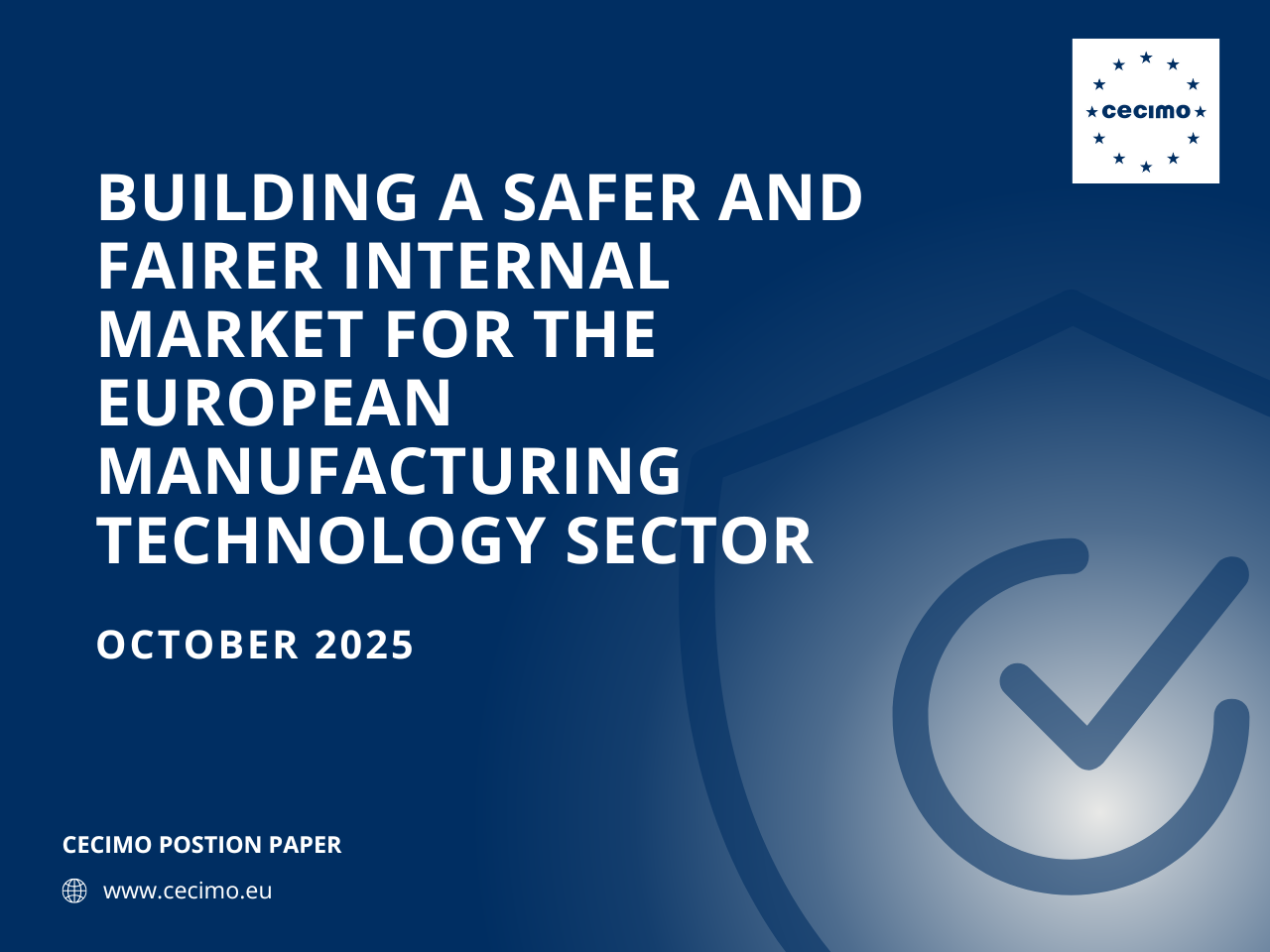Building A Safer and Fairer Internal Market For The European Manufacturing Technology Sector

Over the past few years, the EU has experienced a steady influx of unsafe machines entering its market. This poses a threat to the health of the workers operating the machines and to the viability of companies using them, as they are liable for any resulting damages or malfunctions.
EU customs authorities regularly intercept imports that fail to meet CE marking requirements. However, due to the vast volume of goods and limited inspection capacity, only a small fraction of shipments is thoroughly checked. The CE marking on machinery is a mandatory symbol indicating compliance with EU safety standards. It signifies that the machinery meets the essential requirements of the Machinery Directive to minimise risks directly associated with the equipment itself. However, it's important to understand that the CE mark is a necessary but not sufficient condition for ensuring workplace health and safety.
While the CE mark confirms compliance with legal requirements regarding the design and manufacture of machinery, it does not guarantee that the machine is free from all possible risks once integrated into a production environment. Nor does it ensure full compliance with broader operational safety and performance standards, which are governed by other regulations, most notably, the Occupational Safety and Health Framework Directive (Directive 89/391/EEC).
